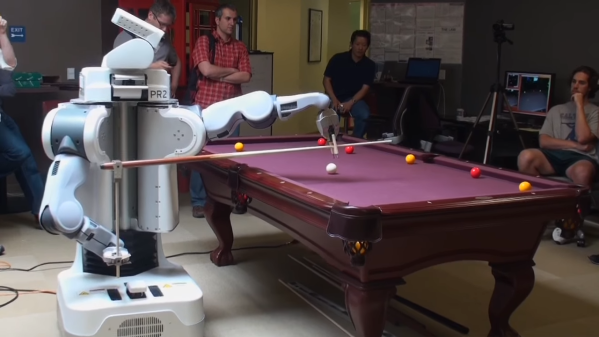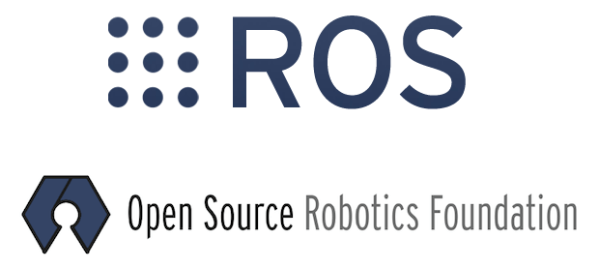It’s always great fun to build your own robot. Sometimes, though, if you’re doing various projects or research, it’s easier to buy an existing robot and then use it to get down to business. That was very much the role of the Willow Garage PR2, but unfortunately, it’s no longer in production. However, as covered by The Robot Report, the design files have now been released for others to use.
The PR2 was built as an advanced platform with wide-ranging capabilities. It was able to manipulate objects with its 7-degrees-of-freedom end effectors, as well as visualize the real world with a variety of complex sensor packages. Researchers put it to work on a variety of tasks, from playing pool to fetching beers and even folding laundry. The latter one is still considered an unsolved problem that challenges even the best robots.
Rights to the PR2 robot landed in the hands of Clearpath Robotics, after Willow Garage was shut down in 2014. Clearpath is now providing access to the robot’s design files on its website. This includes everything from wiring diagrams and schematics, to assembly drawings, cable specs, and other background details. You’ll have to provide some personal information to get access, but the documentation you desire is all there.
We actually got our first look at the PR2 robot many years ago, way back in 2009. If you decide to build your own from scratch, be sure to hit us up on the tipsline.












